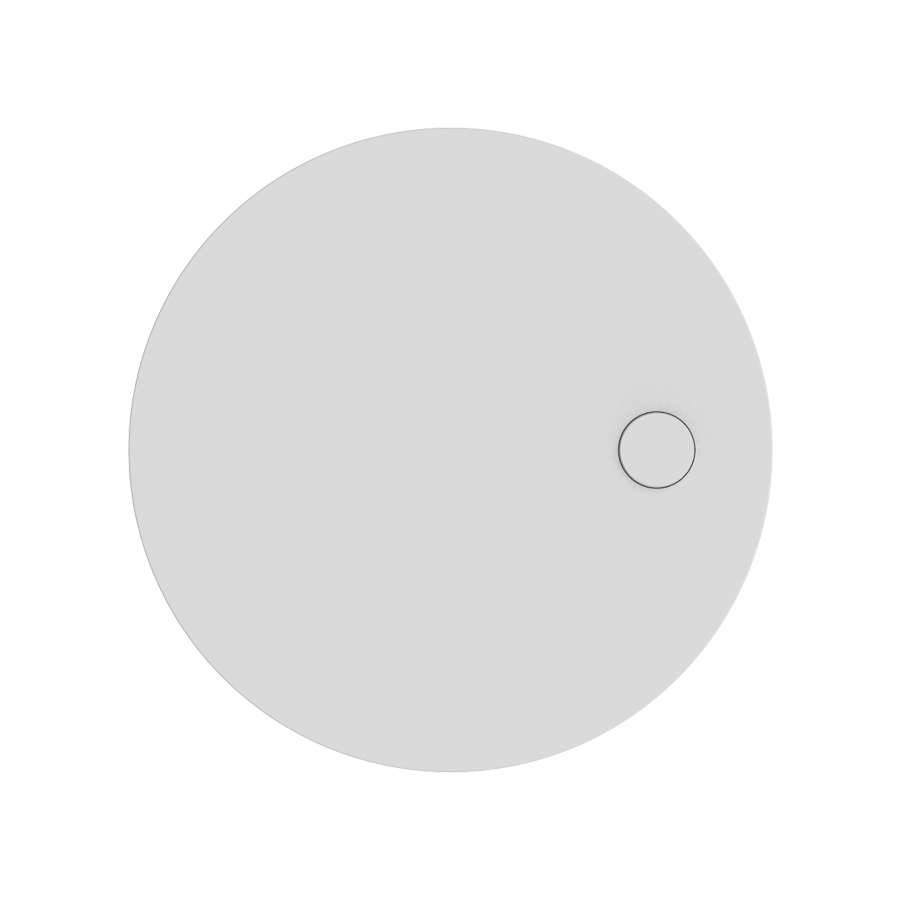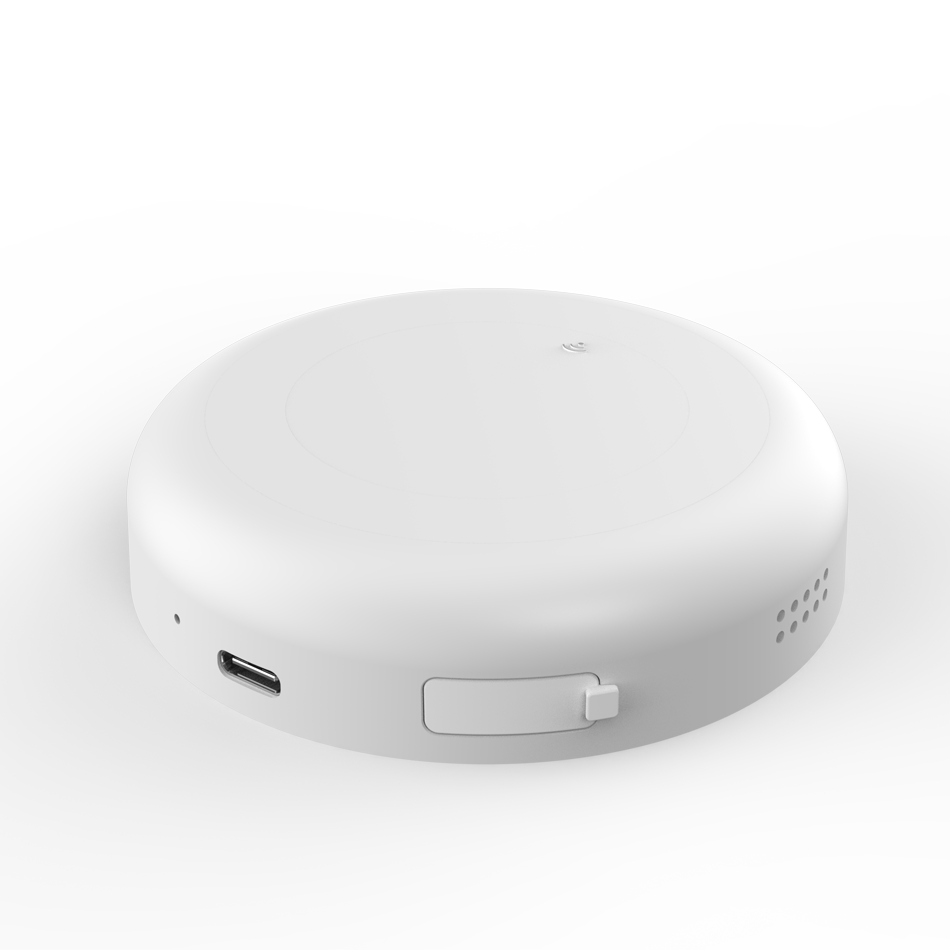-
Street Name, NY 38954
How to proceed with customs clearance?
Q: Why do I need to clear customs?
A: The standard terms we adopt are DAP (place of delivery).
The customer shall bear the entry fee, customs duty, tax, inspection fee, and storage fee at the time of delivery.
Please note that once the package is sent, we will not bear any additional charges.
If the customer refuses to pay these charges, the return shipping and additional charges will be deducted from the order, and the remaining amount will be refunded to the customer.
For customers in Canada and Mexico, we provide DDP (delivery and payment of customs duties) service, which is delivered directly by air.
Q: When do I need to do the customs clearance?
A: When the package arrives in your country, the customs will review the goods to determine whether customs clearance is required.
The customs will contact you if necessary.
Please ensure that the contact information on the order is valid when the package arrives in your country.
Q: Why did the carrier charge me a customs clearance fee when delivering the package?
A: Courier companies usually handle customs clearance for all shipments.
If the customs clearance fee exceeds the limit, the Courier company will advance the customs clearance fee and charge you when the package is delivered.
Q: How much will I have to pay for customs clearance?
A: Customs clearance fee refers to the tariff or tax levied on goods during transnational transportation.
Use the calculator below to calculate the customs clearance cost of your product.
After finding the correct classification for your product, multiply the total amount on the commercial invoice (excluding freight, if applicable) by the tax rate for that product.
Q: What documents are required for a customs declaration?
A: Usually, an invoice is enough.
However, there are some specific requirements for invoices: customs in EU countries usually require the EORI code to be indicated on the invoice.
South American countries (such as Brazil, Argentina, etc.) require the invoice to indicate TIN (tax identification number).



